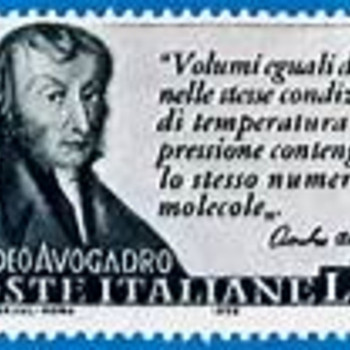#PV=nRT#; i.e. #P=(nRT)/V="mass"/Vxx(RT)/"molar mass"#.
And thus #rho="mass"/V=P/(RT)xx"Molar mass"#.
The signal problem with this question is that you do not measure pressure OVER #1*atm# in #mm*Hg#. A mercury column is good for measuring pressures #<=1*atm#.
We know that #1*atm-=760*mm*Hg#, i.e. an atmosphere will support a column of mercury that is #760*mm# high......A mercury column is thus suitable to measure atmospheric pressure, or for pressures LESS than one atmosphere.
And thus, here, #P=(840*mm*Hg)/(760*mm*Hg*atm^-1)=1.11*atm.#
And so, #rho=(1.11*cancel(atm)xx32.0*g*cancel(mol^-1))/(0.0821*L*cancel(atm)*cancel(K^-1)*cancel(mol^-1)xx291*cancelK)#
#~=1.5*g*L^-1.........#

